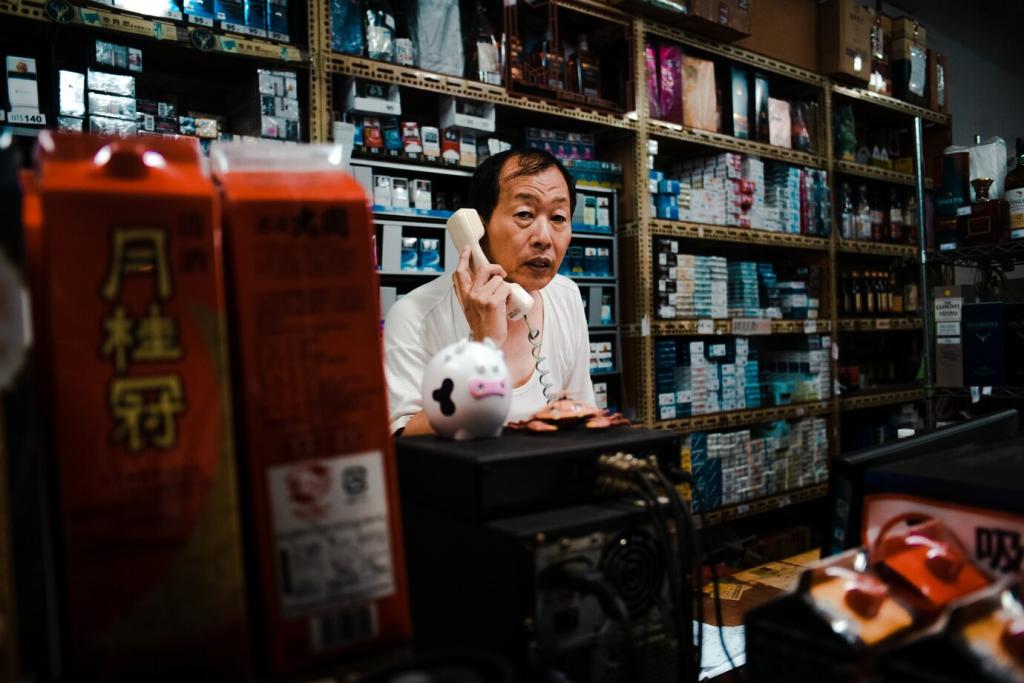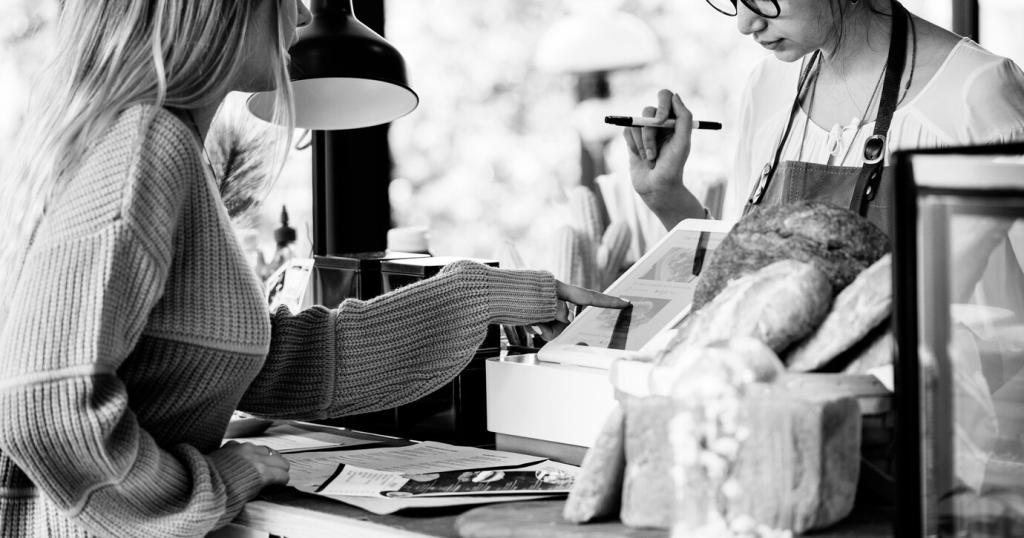Stories From the Racks
At a seaside market, a granddaughter found a mid century silk scarf identical to one her grandmother wore in photos. They styled it together that evening, proving clothes can carry love across decades.
Stories From the Racks
A faded tour shirt led two strangers to swap concert memories and care tips for delicate cotton. That chance chat became a weekly repair club, stitching holes and friendships in equal measure.






